Stephen McKenzie BA (Hons) PhD (Psychology). (Author)
Vital Statistics: an introduction to health science statistics is a new Australian publication. This textbook draws on real world, health-related and local examples, with a broad appeal to the Health Sciences student. It demonstrates how an understanding of statistics is useful both in the real world, and in statistics exams.
Vital Statistics: an introduction to health science statistics is a relatively small and easy-to-read book that will painlessly introduce or re-introduce you to the statistical basics before guiding you through more demanding statistical challenges.
Written in recognition of Health Sciences courses which require knowledge of statistical literacy, this book guides the reader to an understanding of why, as well as how and when to use statistics.
It explores:
- How data relates to information, and how information relates to knowledge
- How to use statistics to distinguish information from disinformation
- The importance of probability, in statistics and in life
- That inferential statistics allow us to infer from samples to populations, and how useful such inferences can be
- How to appropriately apply and interpret statistical measures of difference and association
- How qualitative and quantitative methods differ, and when it’s appropriate to use each
- The special statistical needs of the health sciences, and some especially health science relevant statistics
- The vital importance of computers in the statistical analysis of data, and gives an overview of the most commonly used analyses
From the Foreword “Students of health sciences are commonly required to have a basic understanding of statistics. For the more mathematically inclined, this will be easily acquired and there are many existing textbooks that will serve their needs well. However, for others learning about statistics will be an onerous task that may not seem directly relevant to their goal of becoming a health practitioner. To make statistics interesting, relevant and accessible for these students is a continuing challenge for their teachers. Having a suitable textbook that can motivate, inspire and explain complex concepts in plain language would be a big help. This new book by the McKenzie brothers does just that. It reflects many years of experience in explaining statistics to students and practitioners.I hope and expect that this new textbook will infect many health science students with the authors’ obvious love of the topic and lead them to want to learn more. In particular, I hope that they see the value of statistics to evidence-based professional practice and become better practitioners as a consequence.” Anthony Jorm PhD DSc, Professorial Fellow, Melbourne School of Population Health, University of Melbourne, VIC
- Real-life local examples of health statistics are presented, e.g. A study conducted at the Department of Obstetrics and Gynecology, University of Utah School of Medicine, explored whether there might be a systematic bias affecting the results of genetic specimen tests, which could affect their generalizability.
- Reader-friendly writing style
- t-tests/ ANOVA family of inferential statistics all use variants of the same basic formula
- Learning Objectives at the start of each chapter and Quick Reference Summaries at the end of each chapter provide the reader with a scope of the content within each chapter.
Product Details
- Paperback: 244 pages
- Publisher: Churchill Livingstone; 1 edition (September 2, 2013)
- Language: English
- ISBN-10: 0729541495
- ISBN-13: 978-0729541497
- ISBN-13: 9780729541497
- eText ISBN: 9780729581493

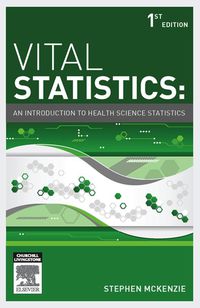
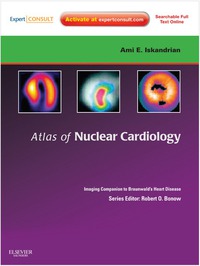

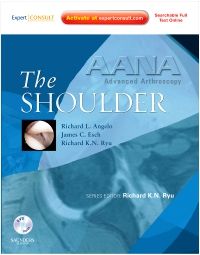
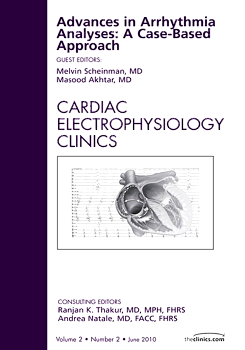
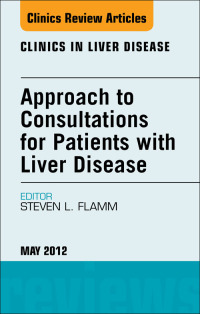

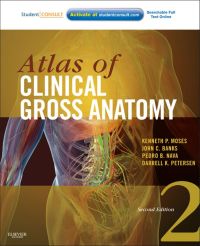

Reviews
There are no reviews yet.